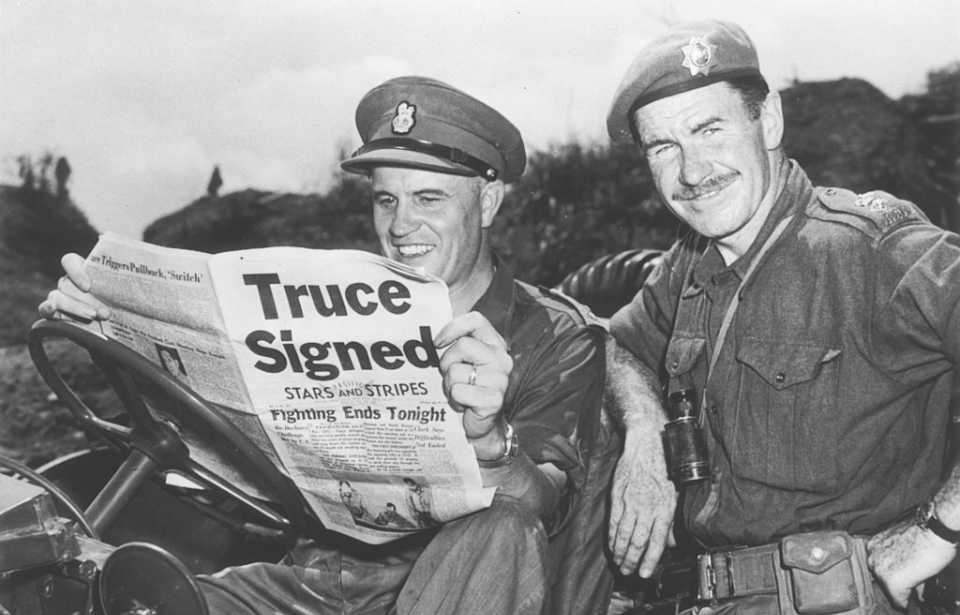The end of the Second World War ended with a literal bang for the Americans when they forced the Japanese surrender by dropping atomic bombs on Hiroshima and Nagasaki. This was not, however, the last time the threat of nuclear weapons was implemented during wartime.
At the Potsdam Conference of 1945, the 38th parallel was created, instituting a temporary division of Korea. It proved to be far from temporary. The North established a communist government, while the South set up a regime with the help of the US. By 1950, fighting had broken out between the two halves, resulting in the Korean War. On two separate occasions, the use of nuclear weapons during the conflict became a very real possibility.
US involvement in the Korean War
The Korean War was the first military action of the Cold War, a global conflict that pitted communism against those who saw it as a threat to the world order. By 1950, US intelligence was predicting there would be trouble in Korea, as forces in the North began to mobilize. Sure enough, they launched an attack on South Korea on June 25 of that year.
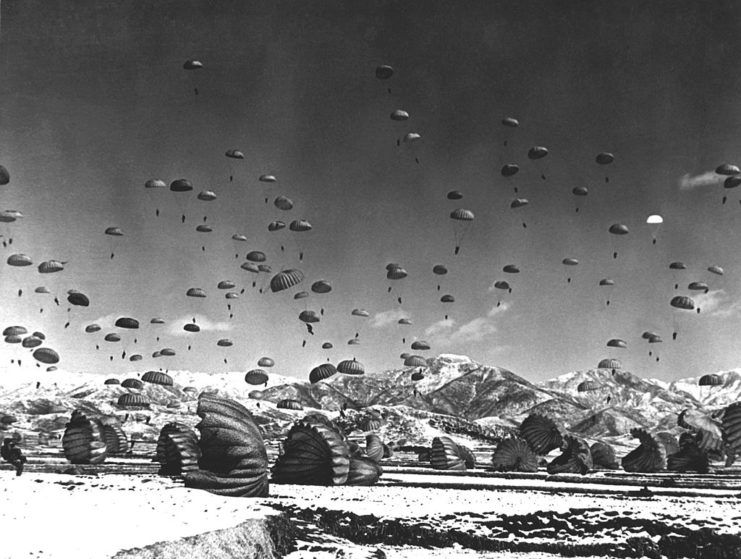
The invasion, along with Harry Truman receiving the National Security Council Paper Number 68 (NSC-68) document from American security agencies, which warned of the global threat of communism, prompted the president to send US forces into South Korea to push back those invading from the North. It also demonstrated America’s willingness to assist its allies.
Active consideration of nuclear weapons
As soon as the North Korean forces crossed the 38th parallel, discussions surrounding the use of nuclear weapons began. Truman, who was still president when the war broke out, had ordered the atomic bombs be dropped on Japan at the end of World War II. He was adamant that he didn’t want to see the bombs used again, saying, “It is a terrible weapon, and it should not be used on innocent men, women, and children.”
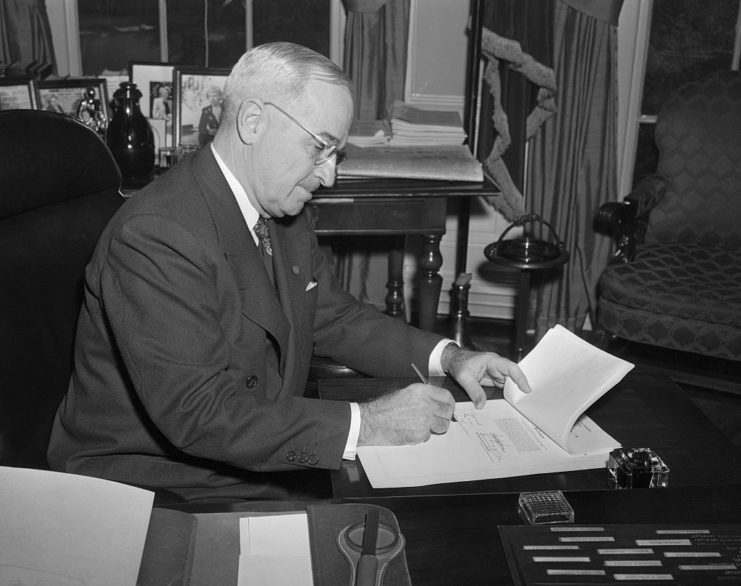
Despite his desire to keep such weapons out of the conflict, when asked by the press whether an atomic bomb was included in the steps to contain communist expansion in Korea, Truman replied, “That includes every weapon that we have.”
Use of B-29s and an atomic bomb-qualified crew
Boeing B-29 Superfortresses were put into use following the North’s invasion of South Korea. Only three days later, four B-29s from the 19th Bombardment Group attacked military targets, with 15 more launching attacks two days later. Throughout the conflict, the aircraft were frequently used for normal bombing missions, as well as numerous leaflet drops over North Korea.
Outside of their normal use, however, the B-29s were extremely important to the potential for nuclear warfare by the US.
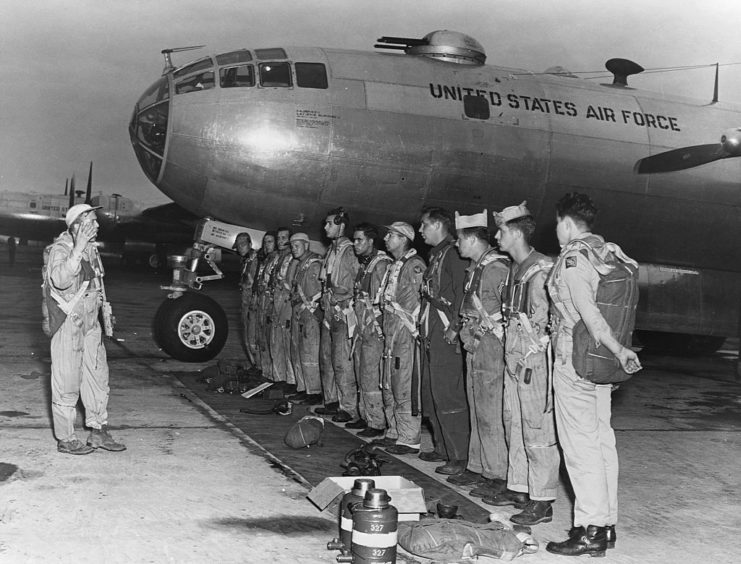
In the Second World War, both of the atomic bombs dropped on Japan were carried by B-29s. Although President Truman wanted to avoid escalating the war by using these weapons in Korea, Gen. Douglas MacArthur ensured there were always five atomic bomb-qualified crews in the combat zone, should the need arise.
Issuing an ultimatum
President Dwight Eisenhower ran for office on a platform that heavily criticized the Truman administration for its lack of action in bringing an end to the Korean War, with him going so far as to say he would personally visit Korea to review the situation for himself, if elected.
Eisenhower was eventually given that opportunity, and while he did follow through on his promise, his visit really didn’t change much about the plans already in place. He did, however, make it clear that he would use any means necessary, including nuclear weapons, to end the war if peace negotiations didn’t move forward.
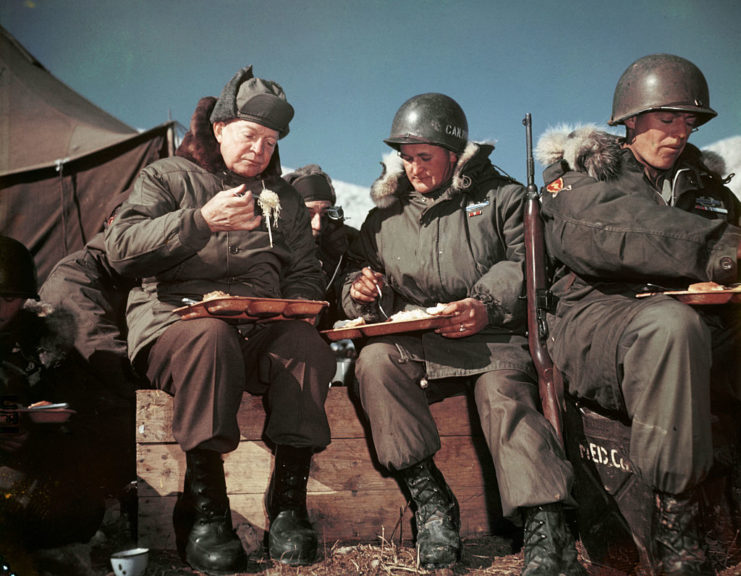
This tactic, known as nuclear blackmail, proved to be effective. On May 22, 1953, US Secretary of State John Dulles reached out to the Chinese via the Indian Diplomatic Corps, as the latter was preventing the signing of the agreement to end the war. Dulles laid it out clearly that if peace was not reached soon, the US would use its nuclear weapons.
In an impressive 11 day turn around, the Chinese agreed to the armistice.
Cease fire ordered
Only seven months after President Eisenhower took office, on July 27, 1953, an official armistice was signed. Although nuclear weapons were never needed to force an end to the war, the threat of them loomed large over what the potential outcome could be, and US officials certainly didn’t shy away from using this to their advantage.
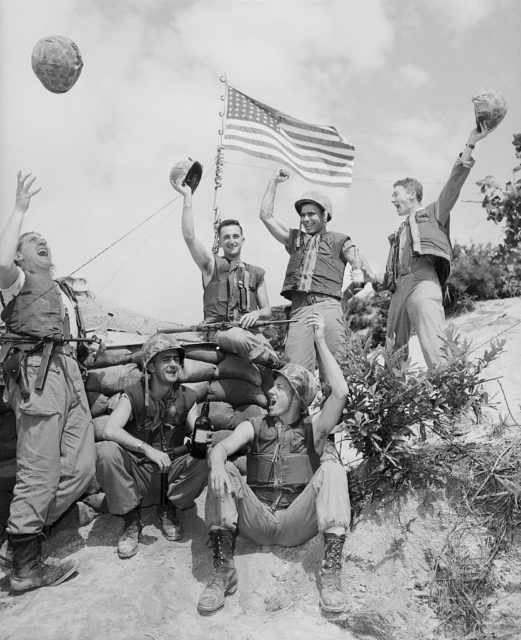
After the armistice was officially signed, the repatriations of prisoners of war (POWs) began. Between August 5 and September 6, 1953, 75,823 communist soldiers and civilians, 8,726 South Korean soldiers, 3,597 US service members and 1,377 individuals of other nationalities were returned to their home countries.
More from us: William Speakman Held Back 6,000 Enemy Troops with Beer Bottles in Korea
The agreement more or less left the region divided along the same 38th parallel, as it had been at the end of the Second World War, with South Korea gaining an additional 1,500 square miles of land. A two-mile-wide demilitarized zone (DMZ) was also created and still exists to this day.
